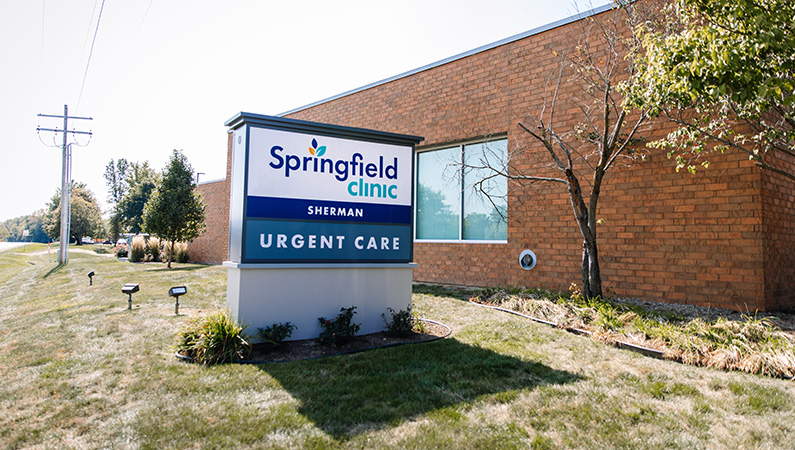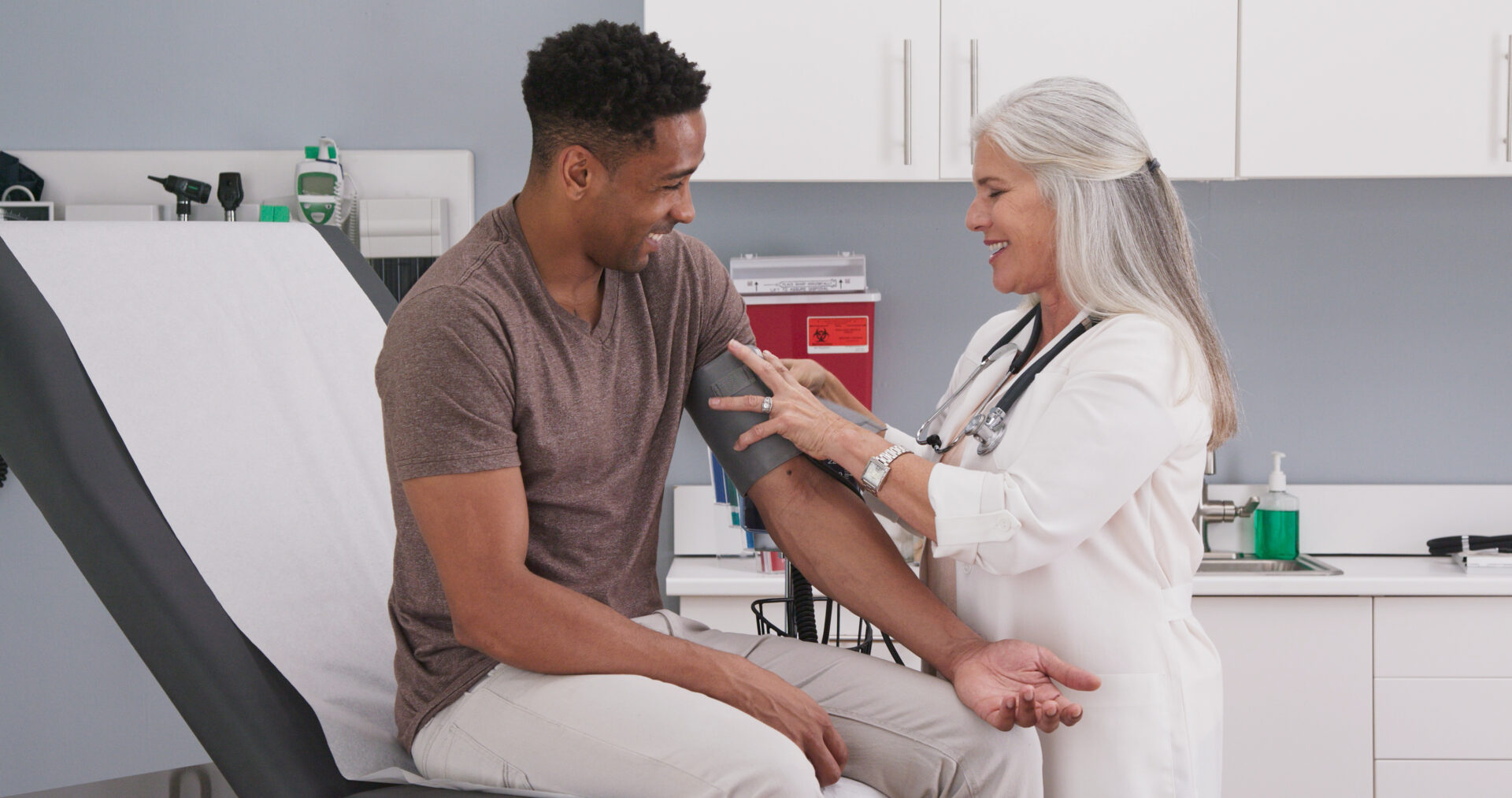Recognizing the Function of Urgent Care in Providing Timely Treatment for Non-Life-Threatening Problems
Urgent treatment facilities have actually become an important element of the medical care landscape, addressing the immediate demands of people with non-life-threatening problems. By offering easily accessible and prompt clinical services, these centers properly link the space in between primary treatment and emergency situation departments. Nevertheless, the ramifications of their role expand past mere comfort, triggering a closer examination of when and just how these facilities are made use of. Comprehending the nuances of immediate treatment could significantly influence individual results and the general efficiency of health care delivery. What variables add to their growing value in contemporary medication?
What Is Urgent Treatment?
Immediate care refers to a classification of clinical solutions created to address non-life-threatening conditions that require instant interest. These centers act as an intermediary in between health care medical professionals and emergency clinic, supplying a convenient alternative for patients that require punctual care without the comprehensive waiting times generally connected with emergency departments.
Immediate care centers are commonly staffed by doctor, including physicians, registered nurse specialists, and medical professional assistants, that are trained to detect and deal with a broad selection of problems. Common services offered by these centers consist of therapy for minor injuries, health problems, and infections, along with diagnostic tests such as X-rays and laboratory work.
The access of immediate treatment is an essential element in its allure, as several facilities run past normal office hours, including weekends and nights. This extended availability permits clients to receive prompt care when their key treatment company may not come. Additionally, urgent treatment centers typically accept walk-in people, getting rid of the need for appointments. On the whole, immediate care plays a vital duty in the health care system, making sure people can access essential clinical solutions immediately and effectively.

When to seek care at an immediate treatment facility instead of a main care doctor or an emergency situation space,Many individuals may locate themselves unsure regarding. Urgent care is made to resolve non-life-threatening conditions that call for punctual attention yet are not serious enough to call for an emergency situation room see.
Generally, one ought to take into consideration immediate look after concerns such as minor cracks, sprains, cuts requiring stitches, or infections like urinary system system infections. In addition, cold or influenza signs, breakouts, and sensitive responses can also be suitably managed in this setting.
It is necessary to note that urgent treatment is not appropriate for life-threatening emergencies, such as chest pain, difficulty breathing, or severe blood loss, which demand immediate emergency situation space treatment.
People who do not have accessibility to a key care physician or can not protect a prompt consultation may also take advantage of urgent treatment solutions. Eventually, comprehending when to make use of immediate treatment can result in a lot more reliable health care shipment, enabling patients to receive the suitable level of care based upon their certain wellness needs.
Advantages of Urgent Care Centers
Choosing urgent care facilities for non-life-threatening conditions uses a number of advantages that boost individual experience and accessibility. One main advantage is the decreased delay times contrasted to conventional emergency situation rooms. Immediate treatment centers commonly operate a first-come, first-served basis, enabling clients to get prompt medical focus without the lengthy hold-ups often related to healthcare facility setups.
In addition, urgent care centers give extensive hours, including nights and weekends, accommodating people with differing schedules. This versatility makes certain that individuals can seek care when it is most convenient for them, even more promoting timely intervention.

In addition, these facilities typically provide a comprehensive variety of services, including small procedures and analysis examinations, all under one roof. This consolidation of services not only simplifies the person experience but also promotes a more cohesive approach to handling non-life-threatening health and wellness issues, inevitably profiting overall patient outcomes.
Common Conditions Treated
At immediate treatment centers, a range of non-life-threatening problems can be properly treated, supplying patients with available and timely clinical aid. These centers are especially adept at attending to issues that need punctual attention but do not position an instant danger to life or limb.
Usual problems treated at urgent care facilities consist of minor injuries such as cracks, pressures, and strains. Additionally, they handle ailments like colds, flu, and infections, consisting of urinary system infections and sinus problems. Skin problem, ranging from rashes to insect bites, are additionally often addressed. Urgent treatment visit homepage facilities are furnished to do required analysis examinations, such as X-rays and laboratory tests, enabling them to give detailed care.
In addition, immediate care providers can carry out inoculations, assisting to avoid the spread of contagious diseases - Urgent Care. They also supply services for small treatments, such as suturing injuries or draining abscesses. By using these varied services, urgent treatment facilities play an essential duty in connecting the void between medical care and emergency situation services, ensuring people get prompt therapy for a large array of conditions without the requirement for lengthy wait times generally linked with emergency situation areas
Just How Urgent Care Supports Health Care System
Urgent care centers play an essential duty in sustaining the overall health care system by minimizing the worry on emergency divisions and offering prompt access to treatment for non-life-threatening conditions. By dealing with cases such as minor injuries, infections, and ailments, urgent treatment centers allow emergency situation divisions to focus on more essential patients calling for instant attention.
Additionally, urgent care centers enhance healthcare access, offering prolonged hours and a more practical alternative to traditional medical care settings. This availability is particularly valuable for clients that might not have a normal physician or who need instant treatment beyond typical workplace hours. Consequently, urgent treatment centers efficiently decrease wait times and enhance person complete satisfaction.
Furthermore, urgent care centers add to set you back financial savings for both individuals and the health care system by providing lower-cost solutions compared to emergency situation departments. This economic performance is essential in an age of rising healthcare expenses, permitting individuals to receive required treatment without sustaining exorbitant expenditures.
Final Thought
Finally, immediate treatment facilities play a vital function in the health care system by providing timely treatment for non-life-threatening conditions. By bridging the space between health care and emergency clinic, these centers ensure that patients get timely medical focus without the prolonged wait times commonly connected with emergency divisions. The ease of access and efficiency of urgent treatment centers add considerably to reducing the overall burden on health care resources, boosting client results, and advertising a much more efficient health care shipment system.
Urgent care facilities have arised as an essential part of the medical care landscape, attending to the immediate requirements of clients with non-life-threatening problems. Immediate treatment check outs generally sustain reduced out-of-pocket costs compared to emergency situation division visits, making treatment much more cost effective for people without jeopardizing high quality. Immediate care centers are try here geared up to carry out required analysis examinations, such as X-rays and laboratory examinations, allowing them to Go Here offer detailed treatment.
By supplying these varied services, urgent treatment facilities play an important function in connecting the space in between main care and emergency services, making sure patients receive timely therapy for a wide array of conditions without the need for long wait times usually connected with emergency situation spaces.
Moreover, immediate care facilities enhance medical care availability, providing extended hours and an extra convenient alternative to standard key treatment setups.
Comments on “Important Services Supplied by Clinics Concentrating On Urgent Care”